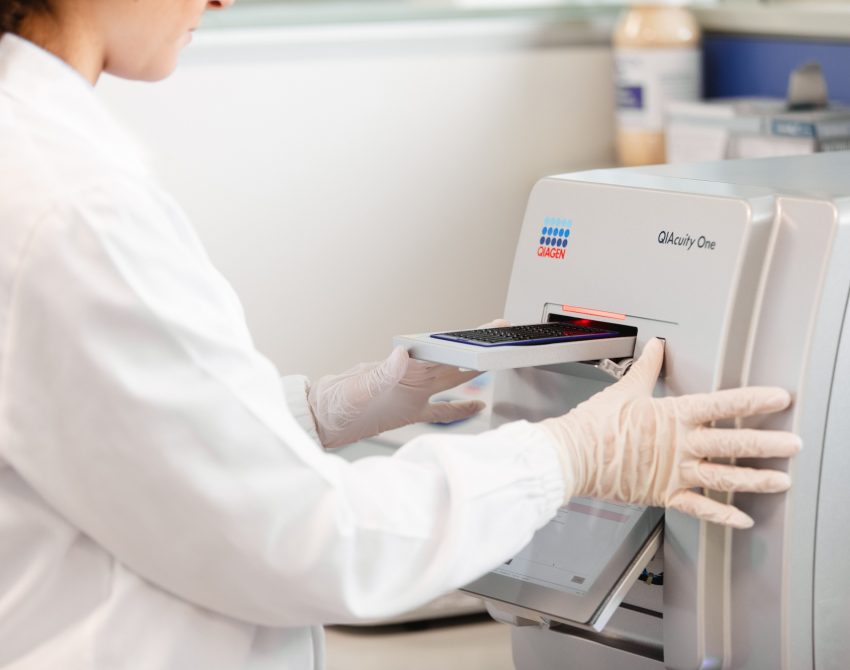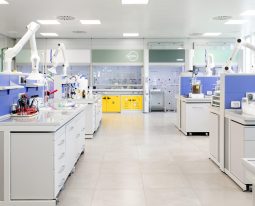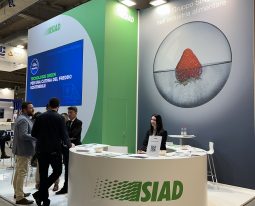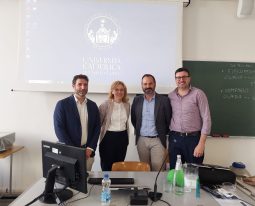In this context, the adoption of innovative approaches is essential: among the emerging solutions, the use of pure oxygen, ozone, reducing gases or gas mixtures is proving to be particularly effective and sustainable. These gases, due to their chemical, physical and biological properties, offer effective remediation methods that minimize environmental impact and promote long-term sustainability.
The main goal is to reduce or eliminate the presence of contaminants in polluted sites while ensuring that cleanup operations are safe and environmentally sound. In this article we will explore more closely how technical gases are used in this field, highlighting the associated benefits and challenges.
Main causes of site contamination
Contamination of environmental sites can have several origins. Here are what the main causes may be:
- Industrial activities: chemical, metallurgical and refinery production are among the main sources of contamination. These industries can release hazardous substances, heavy metals and volatile organic compounds into soil and groundwater;
- Fuel distribution networks: over time, fuel outlets have been a significant source of groundwater contamination due to leakage of petroleum product from underground lines and tanks;
- Inadequate waste disposal: uncontrolled landfills and illegal waste storage areas can contain toxic materials that leach into the soil and groundwater;
- Intensive agricultural practices: heavy use of pesticides, herbicides and chemical fertilizers. can reduce biodiversity and contaminate groundwater. In addition, the practice of over-irrigation can lead to leaching of nutrients and chemicals into nearby water bodies, further exacerbating contamination;
- Accidents and natural disasters: Industrial accidents and natural disasters release large amounts of pollutants in a short time, requiring urgent and complex remediation.
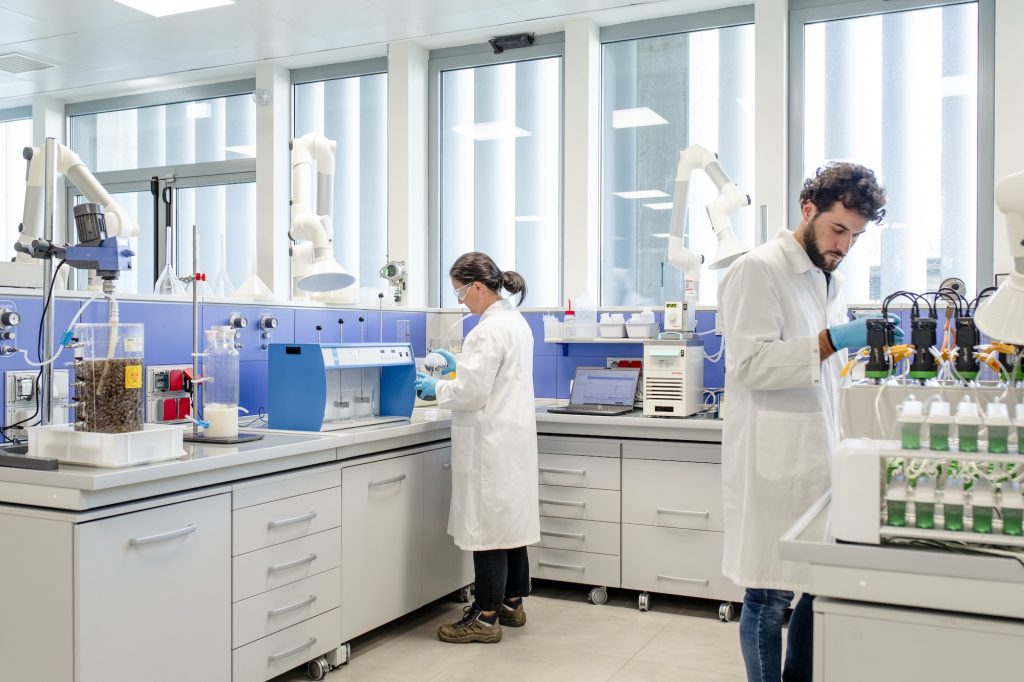
The risk analysis and permanent interventions
In all these cases, the so-called “site-specific risk analysis” is a crucial step: it consists of a detailed assessment of the risks associated with the contaminants present in a given soil taking into account geological, hydrogeological and land-use characteristics. The main objective is to identify the possible pathways by which humans may come into contact with contaminants, thus determining the need for action and remediation priorities.
Once completed, permanent safety works can proceed. This type of work aims to delimit sources of contamination, such as through the use of physical or hydraulic barriers to prevent their migration, or through the use of in situ chemical reactions to confine pollutants. All this must be accompanied by constant monitoring activities.
Environmental remediation of contaminated sites: the different options
Having secured the site, it may be necessary to proceed with remediation-remediation-of the site itself, with processes that promote the removal of pollutants.
Remediation technologies can be grouped into 3 macro-categories:
- In situ treatments: these are the least impactful; they are performed at the natural site of the contaminated matrix without the need for water and/or soil movement;
- On-site treatments: are moderately invasive, involving the movement and removal of polluted materials and soil, with processing within the site itself, often aimed at reuse;
- Ex situ treatments: are the solution with the greatest environmental impact, involving the movement and removal of polluted materials and soil off-site to specific treatment facilities.
Bioremediation: a focus on micro-gas injections
Bioremediation is an in situ environmental remediation process that uses the activity of microorganisms to degrade and detoxify contaminants in soil and groundwater.
This approach mainly uses native bacteria and fungi, that is, naturally occurring in the subsurface, which metabolize organic contaminants, transforming them into harmless substances. To optimize bioremediation, specific gases such as pure oxygen and reducing gases are injected. Pure oxygen promotes aerobic biodegradation, while reducing gases, stimulate anaerobic processes, in the absence of oxygen.
Characteristics and advantages of Gas microinjection
The micro-gas injection technology in groundwater allows the increase of dissolved oxygen or reducing gas concentrations directly in situ, thus avoiding the need for groundwater pumping.
Among the main benefits are:
- The ease of installation and management;
- Physical footprint of installations, minimal;
- The minimal or no demand for electricity;
- The absence of waste production;
- The absence of volatilization phenomena of organic compounds;
- The ability to operate without disrupting the contaminated site.
These advantages make this technology eco-friendly and sustainable.
The necessary preventive analysis activity
Before implementing a bioremediation system, it is essential to conduct a prior study to assess the feasibility of the intervention.
This preliminary study includes performing laboratory- and field-scale tests/analyses in order to confirm the soundness of the proposed remediation methodology. At the laboratory scale, microbiological analysis can be performed to identify the presence of specific degrading bacteria and respirometric/microcosm tests to determine pollutant removal kinetics. At the field scale, in situ testing can be conducted to confirm the effectiveness of bioremediation and, through the use of tracer gases, identify the radius of influence of the technology to size the full-scale intervention.
Preventive analysis allows the most appropriate remediation technology to be selected and modulated and its effectiveness to be monitored during the intervention phases.
SIAD solutions for environmental remediation of contaminated sites
The SIAD Group has harnessed centuries of experience in the production and supply of technical gases and equipment to create specific solutions for the environmental remediation of contaminated sites.Our Environmental Biology and Chemistry laboratory offers a wide range of services and products designed to address the various challenges associated with soil and groundwater decontamination. Among these, one of the main services offered is precisely the implementation of micro gas injection technologies.
These technologies involve the use of pure oxygen or reducing gases dissolved in water (GROUND BIO2®and GROUND ReD ®) to stimulate aerobic and anaerobic biodegradation processes, respectively. These processes employ the site’s native microorganisms to degrade organic contaminants, making remediation more effective and sustainable. In addition to this, we use inert gas mixtures (GROUND MIX®) to optimize gas diffusion in contaminated soils, increasing the effectiveness of treatment.
In addition to bioremediation processes, SIAD technologies are also used to promote chemical-physical removal processes of organic and inorganic contaminants through the use of, for example, ozone (GROUND O3+), carbon dioxide, oxygen, etc.
Through its laboratory, SIAD provides a highly specialized analytical service that is essential at all stages of the remediation process including microbiological analyses to determine the presence of specific degrading bacteria and respirometric/microcosm tests to assess pollutant removal kinetics. In addition, SIAD uses tracer gas field tests to assess the range of influence of injection technologies, ensuring accurate design and continuous monitoring of remediation effectiveness.
Our Group also offers comprehensive remediation system design and installation services: we can design tailor-made solutions for each contaminated site, considering specific environmental needs and characteristics. The ease of installation and management of these systems, combined with low energy demand and no waste production, makes these solutions highly efficient and environmentally friendly, minimizing disruption.
If you want to get to the bottom of it and discover the opportunities for your industry, SIAD specialists are available to help you understand how to integrate the innovations into your reality. Contact us for a consultation.
